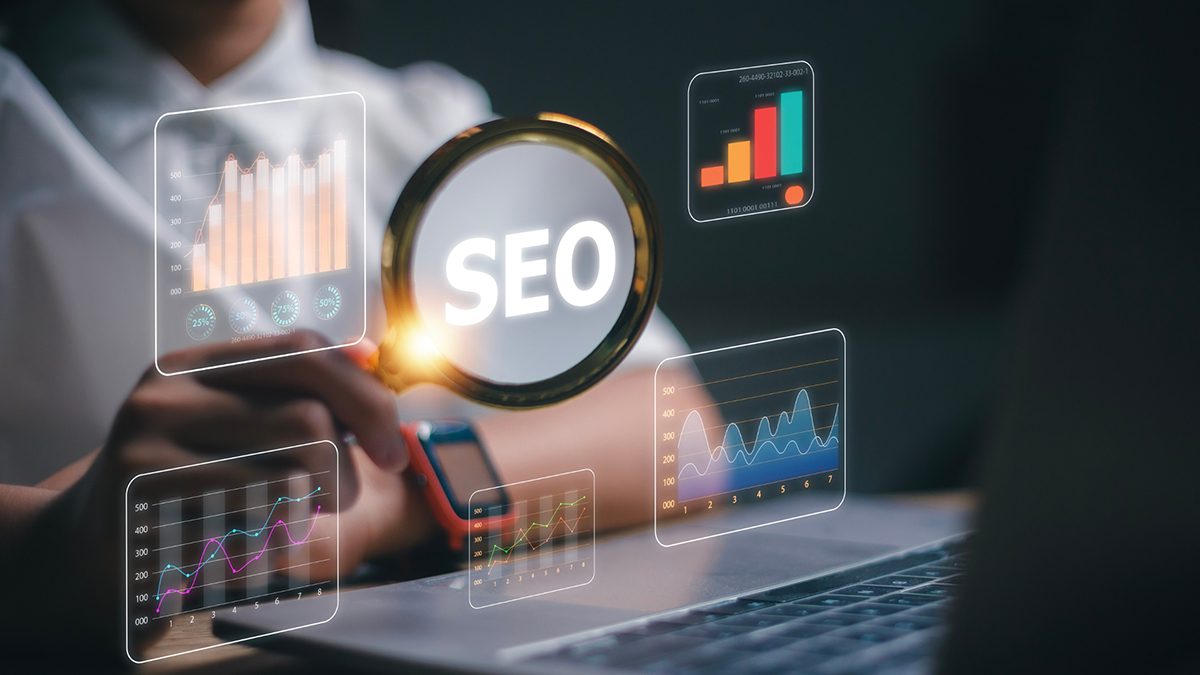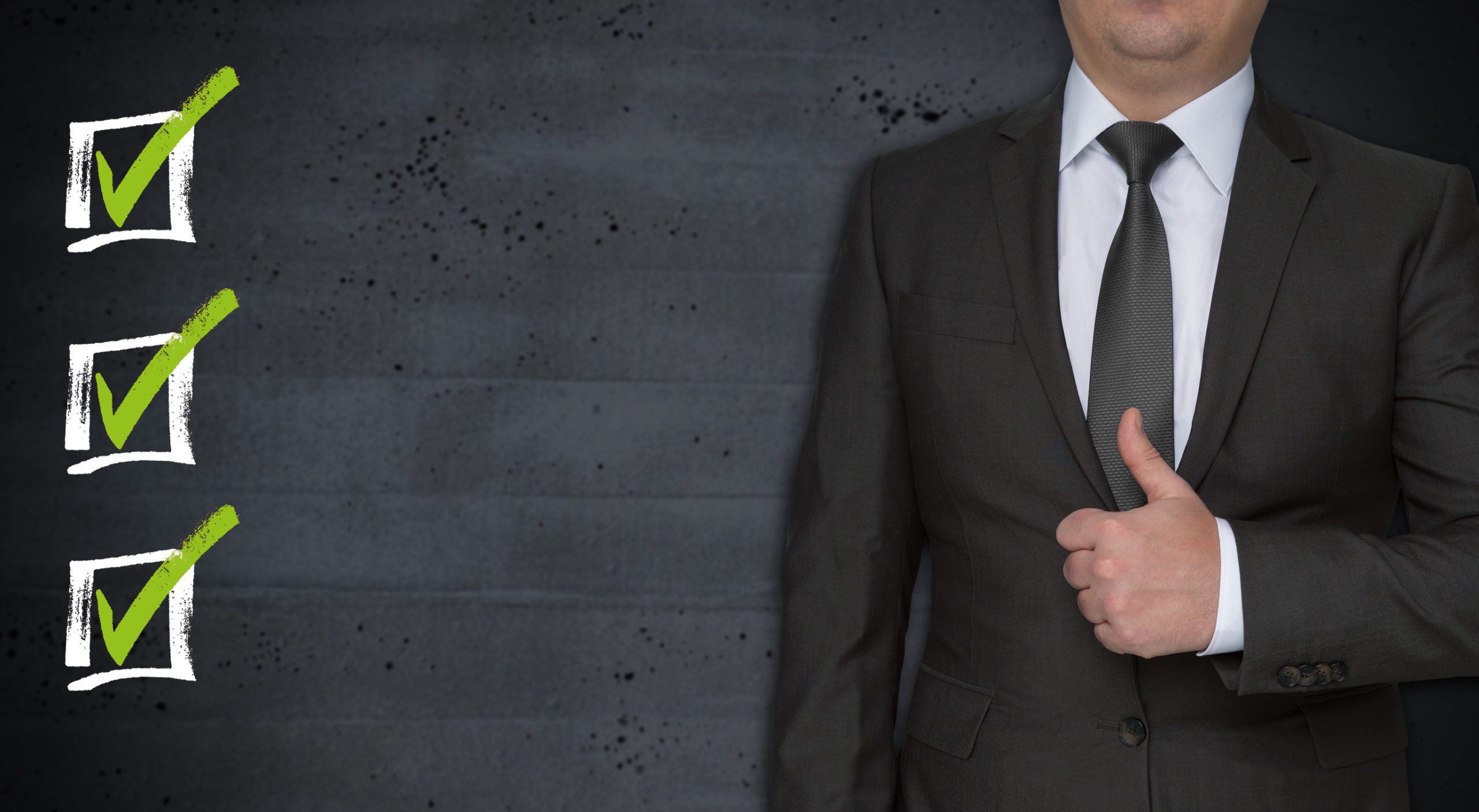Search engine optimization is a broad term that includes all the strategies and techniques that help improve a website’s visibility and ranking in search engine results pages (SERPs). Technical SEO (also sometimes called off-page SEO) and on-page SEO are the two main components, each focusing on different aspects of optimization to enhance overall site performance.
What is the difference between technical SEO vs. on-page SEO? The main difference is that technical SEO focuses on optimizing the backend of a website, whereas on-page SEO concentrates on optimizing the content of individual pages.
What is Technical SEO?
Technical SEO refers to the behind-the-scenes elements of your website that make it easier for search engines to crawl, index, and understand your content. This type of SEO helps improve your site’s performance and ensures it is accessible to both users and search engines.
Technical SEO includes tasks such as:
- optimizing your site’s speed
- ensuring mobile-friendliness
- securing the website with HTTPS
- fixing issues like broken links and duplicate content
What is On-Page SEO?
On-page SEO focuses on optimizing individual web pages to improve search engine rankings and drive organic traffic. This involves fine-tuning both the content and HTML source code of a page. Unlike technical SEO, on-page SEO targets specific pages and elements within those pages.
On-page SEO includes:
- keyword optimization
- creating compelling meta tags
- using appropriate header tags
- ensuring the overall quality and relevance of your content
Key Components of Technical SEO

Website Architecture and Structure
You need a well-organized website so users and search engines can easily navigate your site. This includes creating a logical hierarchy of pages, using clear and descriptive URLs, and implementing a proper internal linking structure. A solid website structure helps search engines understand the relationship between different pages and index them more effectively.
Mobile-Friendliness
With the majority of web traffic coming from mobile devices, a mobile-friendly website is no longer optional. Mobile-friendliness means your site is responsive and provides a good user experience across different screen sizes and devices. Search engines, particularly Google, prioritize mobile-friendly sites in their search results.
Site Speed and Performance
Site speed is an important factor in both user experience and SEO. Slow-loading websites can frustrate users, leading to higher bounce rates and lower engagement. Search engines also consider page speed when ranking sites, so a slow site can negatively impact your search engine visibility.
XML Sitemaps and Robots.txt
XML sitemaps and robots.txt files help search engines crawl and index your site more efficiently. An XML sitemap lists all the important pages on your site so search engines can find and index them. The robots.txt file, on the other hand, tells search engines which pages or sections of your site should not be crawled.
Key Components of On-Page SEO

Keyword Optimization
Keyword optimization is the process of researching and including relevant keywords in your content. This helps search engines understand the topic of your pages and match them with relevant search queries. Effective keyword optimization involves using keywords naturally within your content, including them in strategic places like titles, headers, and meta descriptions, without overusing them.
Meta Tags (Title, Description)
Meta tags are snippets of text that describe a page’s content. The title tag, which appears in search engine results and browser tabs, should be concise, descriptive, and include your target keywords. A well-written title tag can significantly improve your click-through rate from search results.
The meta description provides a brief summary of the page content and also appears in search results. While meta descriptions do not directly affect rankings, they can influence whether users click on your link.
Header Tags (H1, H2, H3)
Header tags (H1, H2, H3, etc.) are used to structure your content and make it easier to read. The H1 tag is typically used for the main title of the page, while H2 and H3 tags are used for subheadings. Using header tags correctly helps search engines understand the hierarchy and main topics of your content.
Content Quality and Relevance
High-quality content that is informative, engaging, and relevant to your audience will naturally attract more visitors and encourage them to stay longer on your site. This not only improves user experience but also sends positive signals to search engines. To create valuable content, make sure you understand your audience’s needs and interests, conduct thorough research, and present information in a clear and engaging way.
Technical SEO: Enhancing Website Infrastructure
Technical SEO is all about laying a solid foundation for your website. By focusing on the backend and structural elements, your site will be easily accessible and understandable to search engines.
Importance of Secure Websites (HTTPS)
Security is a key component of technical SEO, and using HTTPS (HyperText Transfer Protocol Secure) is a basic step in securing your website. HTTPS encrypts the data exchanged between your site and its visitors, protecting sensitive information.
Crawlability and Indexability
Crawlability refers to the ability of search engine bots to access and crawl your website’s content. If your site is not crawlable, search engines can’t index your pages, which means they won’t appear in search results. Make sure your site is crawlable by optimizing your site’s structure, using proper internal linking, and avoiding blocking search engines with your robots.txt file.
Indexability is the next step after crawlability, and refers to whether search engines can add your pages to their index. Both crawlability and indexability help make your site visible in search engine results.
Fixing Broken Links and Redirects
Broken links and incorrect redirects can negatively impact both user experience and search engine rankings. Broken links lead to 404 errors, frustrating visitors and causing them to leave your site. Search engines also view broken links as a sign of poor maintenance, which can harm your SEO efforts.
Make sure to properly set up redirects—especially when you move or delete pages,—in order to maintain the integrity of your site and preserve the SEO value of your content.
On-Page SEO: Optimizing Content and HTML
Optimized content and HTML tags are just as important as a strong foundation of technical SEO. Relevant content enhances the quality of your pages, making them more attractive to search engines.
Writing Engaging and Relevant Content
Creating engaging and relevant content is at the heart of on-page SEO. Content that resonates with your audience, answers their questions, and provides valuable insights will naturally attract more visitors and encourage them to spend more time on your site.
To write engaging content, focus on understanding your audience’s needs, using a conversational tone, and incorporating elements like images and videos that support your content. Regularly updating your content to reflect the latest information and trends helps maintain its relevance as well as rankings in search engine results.
Using Internal Links Effectively
Internal linking is the process of linking to other pages within your website. This helps search engines understand the structure of your site and discover new content. Internal links also keep visitors on your site longer by guiding them to related content, improving their overall experience.
Optimizing Images and Media
Images and media play a big role in on-page SEO. Optimizing them involves using descriptive file names, adding alt text, and compressing images to reduce load times. Alt text, in particular, is important for SEO as it helps search engines understand the content of your images. It also improves accessibility for users who rely on screen readers.
How Technical and On-Page SEO Work Together
Technical SEO and on-page SEO work together to enhance your website’s performance and visibility. Technical SEO lays the groundwork by making your site accessible, fast, and secure, allowing search engines to efficiently crawl and index your content. On-page SEO then builds on this foundation by optimizing content and HTML elements to improve relevance and user experience.
By combining technical and on-page SEO strategies, you can maximize your site’s performance and drive more organic traffic. Regularly monitoring and updating both aspects keeps your site optimized and competitive, supporting sustained growth and success in response to evolving search engine algorithms.
Common Mistakes to Avoid

Neglecting Technical SEO Fundamentals
One common mistake is neglecting the fundamental aspects of technical SEO. Issues like slow page speeds, poor mobile-friendliness, and non-secure websites can significantly harm your search engine rankings and user experience.
Tip: Audit your site’s technical aspects quarterly and address any issues that may undermine your SEO efforts.
Overlooking Content Quality in On-Page SEO
Another common mistake is overlooking the quality and relevance of your content in on-page SEO. Keyword optimization and meta tags are important, but they won’t be effective if your content isn’t valuable and engaging.
Tip: Take the time to get to know your audience, then create informative and engaging content that will resonate with them, address their needs, and keep them coming back for more.
Failing to Monitor and Update SEO Efforts
SEO is not a one-time task—it’s an ongoing process that requires regular monitoring and updates. Failing to keep track of your SEO performance and adjust your strategies in response to changes in search engine algorithms or industry trends can result in declining rankings and traffic.
Tip: Use SEO tools to monitor your site’s performance, identify areas for improvement, and stay informed about the latest best practices.
Balancing Technical and On-Page SEO for Success
When it comes to the importance of technical SEO vs. on-page SEO, both are essential for improving your website’s performance, visibility, and search engine rankings. Strive for creating a balanced approach that integrates both strategies. Focusing too much on one aspect while neglecting the other can limit your site’s potential. But with a site that is technically sound and has high-quality, optimized content, you’ll have a comprehensive SEO strategy that drives sustained growth and visibility.







